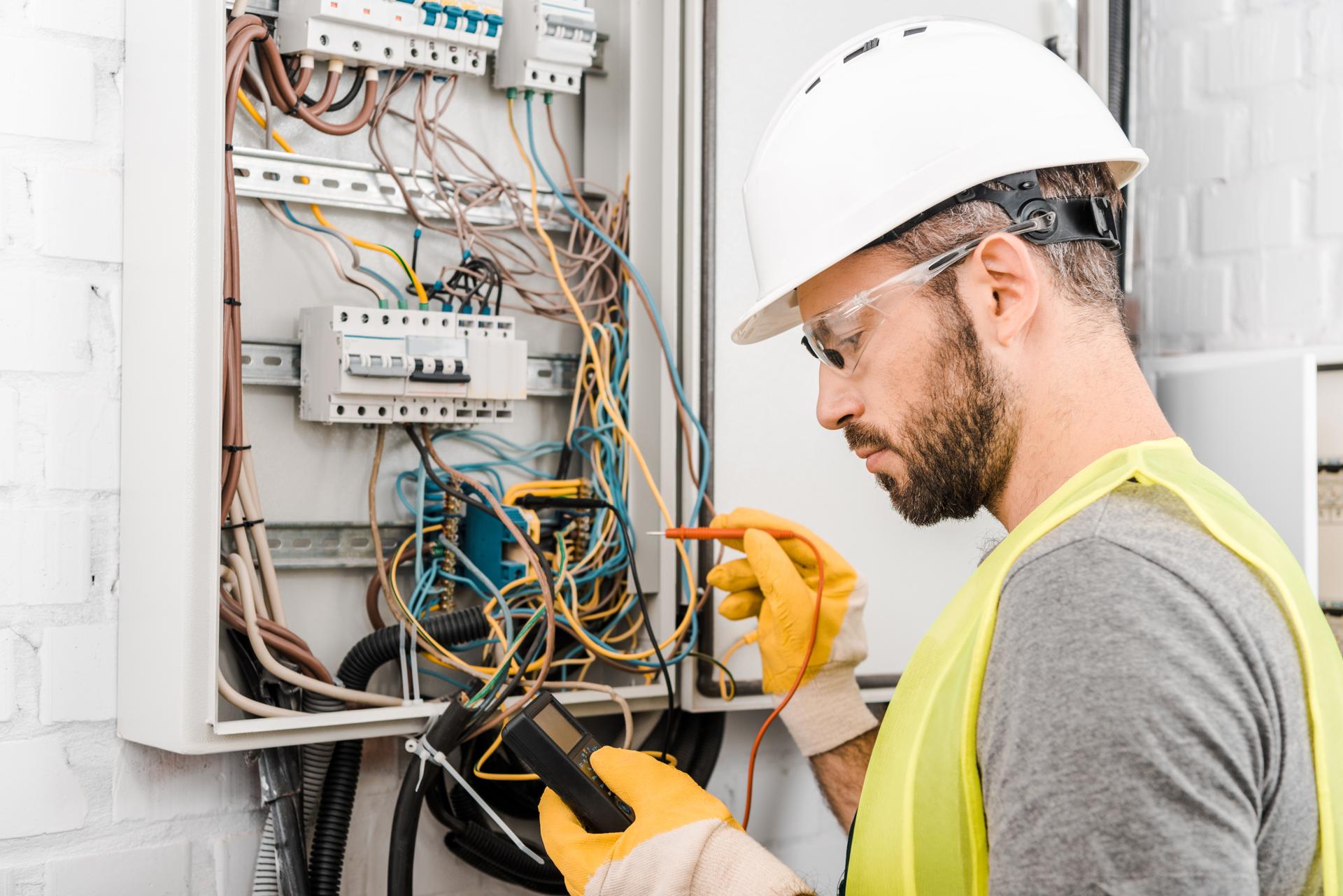A Novice's Guide to Grasping Electrical Wiring in Your Home

Electricity is a vital part of our everyday lives, powering everything from the lighting in your homes, to devices we use every day. However, electricity systems are a bit complicated, making it difficult to understand how they operate can be challenging. In this guide we’ll go over the elements in an electrical circuit, and show how circuits operate to power appliances and devices. Our residential electricians can handle any electrical jobs you need.
Components of an Electrical System
An electrical system is comprised of several key components that work together to deliver power throughout a home. This includes:
Breaker box is the central distribution point for electrical energy in a house, where the electricity is split into various circuits
Outlets and switches: the places where electricity is delivered to appliances and devices
Wiring: the wires that carry electric current from the box to the outlets and switches
Electrical appliances and devices: the appliances and devices that require electricity for their functions.
Electrical Circuits
A circuit of electricity is a pathway which allows electricity to flow from the point of origin (the the breaker box) to the appliances and devices in the home. There are two kinds of electrical circuits found in homes which are 120-volt circuits and 240-volt circuits. 120-volt circuits are utilized to power most household appliances and appliances, whereas 240-volt circuits are used to power larger appliances, such as dryers and air conditioners.
Electrical circuits function by creating an electrical loop that allows power to be transferred from the source to the appliance or device. The loop is comprised of a hot wire that carries the electricity, a neutral wire that completes the circuit, and a ground wire , which is an avenue for the electricity to get to the ground in case there is a problem.
Understanding the electrical Wiring
Electrical wiring is available in many kinds, such as non-metallic sheathed cable (NM) and armored cable (AC), and conduit. Each has its advantages and drawbacks and the selection of wiring type depends on the particular requirements for the particular installation.
Wiring conducts electricity through a flow of electrons in the wire. The electrons travel between the origin and the device or appliance, and back to the source through the neutral wire. It is essential to ensure the wiring is put in place and maintained in a correct manner, as improper wiring can cause electrical hazards like shocks and fires.
Common Electrical Problems
The most frequent electrical problems found that homeowners face include tripping the breakers, flickering lights, and disconnected outlets. These problems can be caused by a myriad of causes, including overloading circuits, broken connections, and defective wiring.
If you experience any of these issues it is essential to determine the source and take steps to correct the issue. In certain instances, this may involve contacting an accredited electrician to inspect and repair the wiring.
Concluding and Call to Action
In conclusion, understanding how electrical wiring works is vital to ensure the security and reliability of your home’s electrical system. By following the guidelines outlined in this document, you can stay secure and avoid potential dangers.
Should you ever have concerns or questions regarding the electrical system in your home, don’t hesitate to contact Adelaide Electricians. Our licensed electricians has the experience and knowledge to handle all your electrical needs. Contact us by phone at 0480 024 419 to schedule a consultation.
FAQ
What are the symptoms of a faulty electrical wiring?
The signs of an electrical wiring issue could include tripping breakers flickering lights, and dead outlets, among others.
When should I schedule my electrical system at home inspected?
It is recommended to get your home’s electrical system inspected by an authorized electrician every 10 years.
What is the lifespan of wiring that is electrical?
The lifespan of electrical wiring depends on many factors, such as the kind of wiring used, the setting it’s placed in, as well as the quality of installation. In general, electrical wiring can last as long as 30-years or longer if it’s installed with proper installation and maintenance.
Do I have the ability to fix electrical issues myself , or do I need to engage an electrician?
While some electrical problems can be solved by homeowners, it is advised to hire an authorized electrician for the majority of electrical repairs. If you attempt to fix electrical issues without proper training and experience can be dangerous and could cause injuries or damages to your home.
What should I do if I encounter an electrical problem in my home?
In the event of an electrical problem the first step is to cut off the power supply to the affected area by shutting off the fuse or breaker. Then, contact a licensed electrician to look into and fix the problem as quickly as is possible.
If you follow these tips By following these rules, you can ensure security and reliability of the electrical system in your home and reduce potential hazards. Remember, when you need repairs to your electrical system and installations, it’s always recommended to rely on the professionals. Reach out to Adelaide Electricians at 0480 024 419 to discuss all of your electrical requirements.
